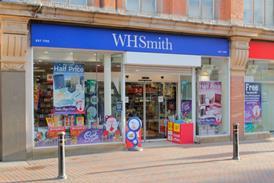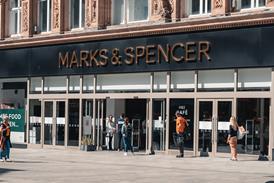Three strategies retailers can learn from the UK’s most innovative grocers

As the grocers employ increasingly innovative strategies in the fight for market share, there are crucial lessons wider retail must learn from their wins, and losses, to inform their own plans for 2025
Arguably the most competitive sector in retail, it’s little surprise that grocery often leads where others follow. So, what trends are we seeing within the grocery sector right now that other retailers can learn from?
Already have an account? Sign in here




















